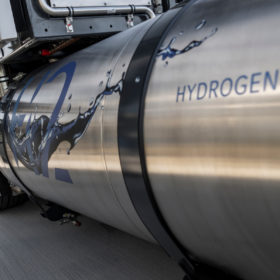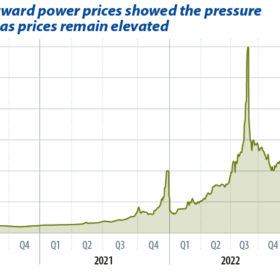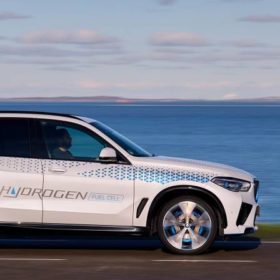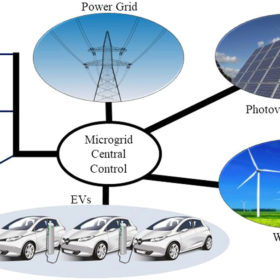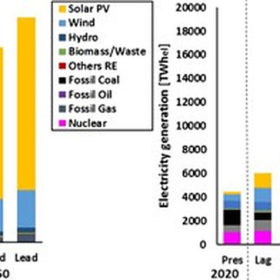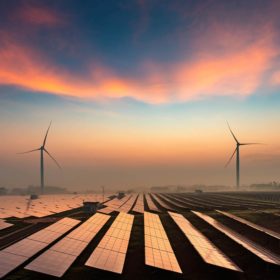The Hydrogen Stream: Lhyfe, Centrica to develop offshore green hydrogen
Lhyfe has revealed plans to jointly develop offshore renewable green hydrogen with Centrica in the United Kingdom. Separately, the Paris-listed hydrogen producer said it has also acquired a stake in Finland’s Flexens.
Light redirecting film to improve heterojunction solar module performance
Finnish technology company Intelligent Control Systems has conceived a light redirecting film that purportedly reduces energy losses in the edge area of heterojunction solar cells. It claims the film may increase the power conversion efficiency of a heterojunction module by up to 0.75%.
State of the (European) union
Gerard Reid, co-founder of corporate finance advisory Alexa Capital, considers whether the EU is up to the task of dealing with the twin threats of the energy crisis and the pull of a revitalized US clean power industry.
The Hydrogen Stream: Japan finances Australia’s plan to produce H2 from coal
A Japanese state innovation fund has agreed to finance a coal-to-hydrogen project in Australia, while Honda says it has taken another step toward the commercialization of zero-emission backup power generation.
The Hydrogen Stream: BMW unveils hydrogen car demonstration fleet
BMW has launched its iX5 Hydrogen vehicle pilot fleet, with plans to start production by the end of the decade. Everfuel and Hy24, meanwhile, have launched a joint venture to accelerate hydrogen development in Scandinavia.
Integration of EV charging stations and renewable energy resources
A new research paper proposes an optimal planning technique to identify the locations and sizes of electric-vehicle (EV) charging stations with controlled charging and hybrid wind and PV systems in a multi-microgrid.
PV could turn Europe into ‘solar-to-X economy’
New research from LUT University shows the central role of solar in Europe’s attempt to reach its 2050 zero-emissions target. It describes how photovoltaics will gradually become the characteristic element of the Old Continent’s emerging energy system by extending its use to the heat and mobility sectors.
Finnish mine to host 75 MW/530 MWh underground pumped hydro facility
Suomen Energiavarasto Oy has secured €26.3 million ($27.5 million) from the Finnish government to build an underground pumped hydro project at a former zinc and copper mine.
Denmark, Sweden, Finland could add 12.8 GW of solar by 2030
The Nordic region is set to become a European renewables powerhouse, according to Rystad Energy. It says Finland, Sweden and Denmark could collectively install up to 12.8 GW of new solar by 2030.
Wärtsilä releases 12.4 MW grid-balancing engine
Finland’s Wärtsilä has unveiled its next-generation grid balancing technology. It has an efficiency of 52.3% and can be used for baseload production. It connects to the grid in 30 seconds and operates on natural gas, biogas, or hydrogen blends.
